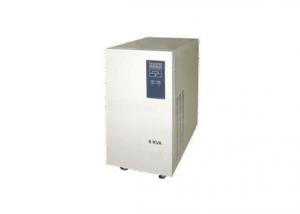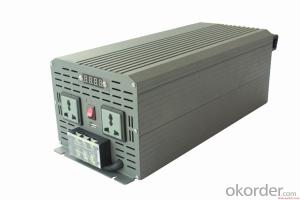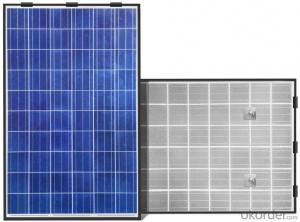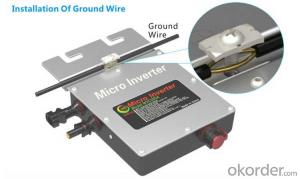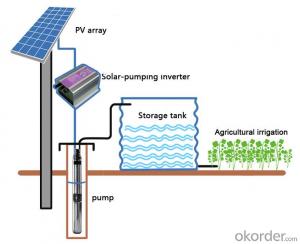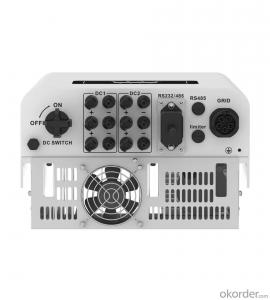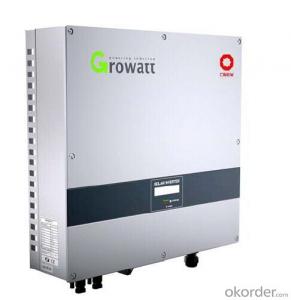10 Kw Hybrid Solar Inverter
10 Kw Hybrid Solar Inverter Related Searches
10kw Hybrid Solar Inverter 10kw Solar Hybrid Inverter Hybrid Solar Inverter 10kw 10 Kva Hybrid Solar Inverter Solar Inverter Hybrid 10kw 10kva Solar Hybrid Inverter 10kw Solar Inverter Solar Inverter 10 Kw 10kw Solar Power Inverter Solar Inverter 10kw 10kw Inverter Solar 10 Kva Solar Inverter Solar Power Inverter 10kw 10kv Solar Inverter 10k Solar Inverter 10kva Solar Inverter Solar Inverter 10kva Best 10kw Solar Inverter 10kw Solar Edge Inverter 10000w Solar Inverter Solar Edge Inverter 10kw 10kw 3 Phase Solar Inverter 10000w Solar Power Inverter 10 Kw Solar Inverter Price On Grid Solar Inverter 10kw 10kva Inverter Solar System 10000 Watt Solar Inverter Solar Power Inverter 10000w Solar Inverter 10kw Price Abb 10kw Solar Inverter10 Kw Hybrid Solar Inverter Supplier & Manufacturer from China
The 10 Kw Hybrid Solar Inverter is a versatile and efficient product designed to optimize the performance of solar energy systems. This advanced inverter is capable of managing both AC and DC power sources, making it an ideal choice for various applications such as residential, commercial, and industrial solar installations. The 10 Kw Hybrid Solar Inverter's ability to handle different power inputs allows for a seamless integration of solar energy with existing electrical systems, ensuring a reliable and stable power supply.The 10 Kw Hybrid Solar Inverter is widely used in various scenarios where energy efficiency and sustainability are of utmost importance. It is particularly beneficial in areas with fluctuating power grids or frequent power outages, as it can provide a stable power supply by harnessing solar energy. Additionally, this inverter can be used in off-grid applications, where it can power essential appliances and systems independently. The 10 Kw Hybrid Solar Inverter's flexibility and adaptability make it a popular choice for those looking to transition to renewable energy sources or enhance their existing solar power systems.
Okorder.com is a reputable wholesale supplier of the 10 Kw Hybrid Solar Inverter, offering a large inventory to cater to the diverse needs of customers worldwide. As a leading distributor, Okorder.com ensures that the 10 Kw Hybrid Solar Inverter is available at competitive prices and with prompt delivery options. By partnering with Okorder.com, customers can benefit from their extensive experience in the solar energy industry and access to a wide range of high-quality solar products, including the 10 Kw Hybrid Solar Inverter.
Hot Products


